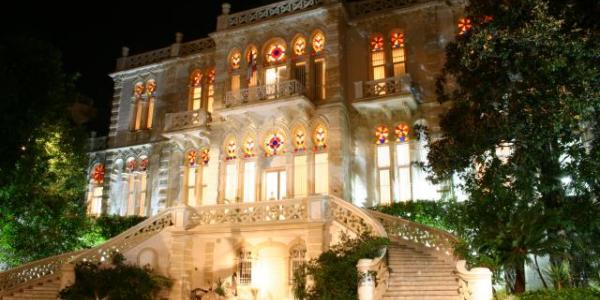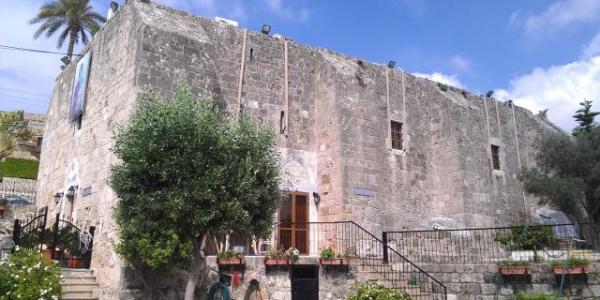The city of Tripoli, 85 kilometers north of Beirut, is Lebanon’s second largest city. It is the Administrative Capital of the North and maintains the best-preserved monuments from the Middle Ages. It is one of the ancient coast settlements in Lebanon that was continuously inhabited at least since the Phoenician period. Its strategic location on the Mediterranean coast links the sea to the interior of natural Syria, especially to the area of the Syrian city of Homs. It is said that it gained importance in the early Umayyad period because of its proximity to the island of Cyprus, which was attacked by the Umayyads. Its role as a launching pad for campaigns in the Mediterranean subdued, but the city remained an important “thaghr,” a defense port city up until the period of the independence of Lebanon in the mid-20th century. During the Mamluk, Ottoman and the French Mandate periods, the city gained economic importance and witnessed construction activities.
The city is divided into two major sections, “al-Mina” and “al-Madina”. The latter is the medieval city that stretches along Abou Ali river, which springs from the mountains where the cedar forest is. Al-Mina is the city part related to the settlement on the sea, which has been inhabited since the Phoenician times.
Of the various names it had, Tripoli retained the Greek nomenclature (three cities). Its location is strategic, lying between the coast and the inland of Syria, and between Antioch and the rest of the Levantine cities. The succession of civilizations over Tripoli included Canaanites and Phoenicians, Persians, Greeks, Romans, Byzantines, Umayyads, Abbasids, Crusaders, Mamluks and Ottomans.
As it is now the city has several urban fabrics, some retain their medieval character because of the many surviving buildings and street patterns from the Mamluk and Ottoman periods. The markets are still in use. Various merchants such as tailors, jewelers, perfumers, tanners, and soap makers work there.
The rest shows several architectural characteristics, such as provincial French architectural flavor, remnants of the French Mandate. After 1943, the date of the independence of Lebanon, the city witnessed a construction boom. Many new neighborhoods were formed. Reinforced concrete apartment buildings shape the modern city. The most remarkable of these modern constructions in the city is Tripoli International Fair Complex designed by Brazilian architect Oscar Niemeyer.




